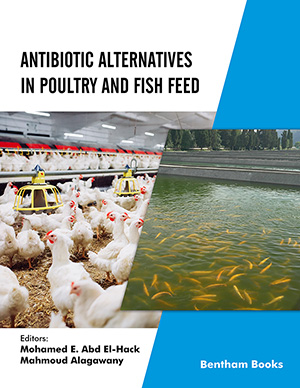Abstract
Characteristic of cassava flour is relatively similar to wheat flour. Cassava flour has the potential to substitute 70-80% of wheat flour as the main ingredient for wet noodle production. Unfortunately, cassava flour has no gluten and lower protein content than wheat flour, which is important for the characteristic of a wet noodle. Therefore, transglutaminase (MTGase) is often applied in non-gluten products to improve its texture. This enzyme catalyzes the reaction between lysine and glutamine to form isopeptide cross-links. Moreover, the addition of MTGase to cassava-based wet noodle improves its texture and color. In addition, this effect gives better palatability for wet noodle. This enzyme can increase the shelf life of wet noodles and safe for our health. The present study demonstrates with patent and literature data the potential of MTGase in noodles based on cassava flour.
Keywords: Cassava flour, transglutaminase, wet noodle, cassava-based wet noodle, quality, shelf life.
[http://dx.doi.org/10.1016/j.jcs.2007.01.003]
[http://dx.doi.org/10.5614/j.eng.technol.sci.2013.45.1.7]
[http://dx.doi.org/10.1590/fst.2014.0038]
[http://dx.doi.org/10.1111/j.1365-2621.2002.tb08709.x]
[http://dx.doi.org/10.1002/(SICI)1097-4660(199707)69:3<367:AID-JCTB721>3.0.CO;2-P]
[http://dx.doi.org/10.1007/s12223-013-0287-x] [PMID: 24198201]
[http://dx.doi.org/10.1201/9781482289916]
[http://dx.doi.org/10.1002/jsfa.2311]
[http://dx.doi.org/10.3390/foods5040087] [PMID: 28231182]
[http://dx.doi.org/10.1016/j.jcs.2011.02.010]
[http://dx.doi.org/10.1080/19476337.2014.917336]
[http://dx.doi.org/10.3136/nskkk.43.598]
[http://dx.doi.org/10.1007/s10068-019-00686-6] [PMID: 31976122]
[http://dx.doi.org/10.1016/j.foodchem.2009.10.009]
[http://dx.doi.org/10.1111/j.1750-3841.2008.00741.x] [PMID: 18576974]
[http://dx.doi.org/10.1556/AAlim.2007.0008]
[http://dx.doi.org/10.1016/j.lwt.2008.05.004]
[http://dx.doi.org/10.1016/0167-4838(95)00197-2] [PMID: 8547351]
[http://dx.doi.org/10.1016/j.foodchem.2016.12.021] [PMID: 28069118]
[http://dx.doi.org/10.1007/BF00169916]
[http://dx.doi.org/10.1002/9780470634370]
[http://dx.doi.org/10.1016/j.foodchem.2013.08.078] [PMID: 24128496]
[http://dx.doi.org/10.1111/j.1745-4557.2008.00212.x]
[http://dx.doi.org/10.1081/FRI-100001258]
[http://dx.doi.org/10.1201/9781315368405]
[http://dx.doi.org/10.1021/jf501275c] [PMID: 24998318]
[http://dx.doi.org/10.1016/j.lwt.2018.12.071]
[http://dx.doi.org/10.1016/j.foodres.2008.07.013]
[http://dx.doi.org/10.1016/j.jfoodeng.2009.11.002]
[http://dx.doi.org/10.1556/AAlim.2007.0008]
 34
34 1
1



















